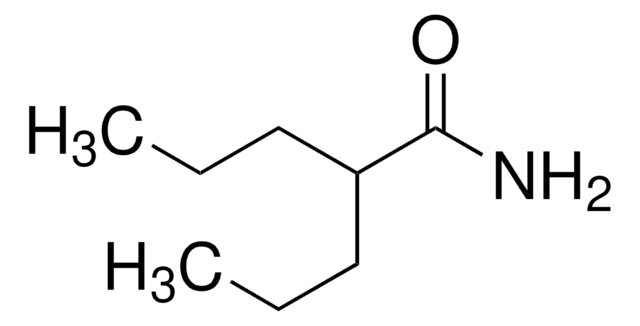Z0152
Zinc chloride
BioReagent, for molecular biology, suitable for cell culture, suitable for insect cell culture
Synonym(s):
Dichlorozinc
About This Item
for molecular biology
Recommended Products
grade
Molecular Biology
for molecular biology
Quality Level
vapor pressure
1 mmHg ( 428 °C)
product line
BioReagent
technique(s)
cell culture | insect: suitable
cell culture | mammalian: suitable
mp
293 °C (lit.)
solubility
H2O: may be turbid 20 g/200 ML + 6 mL 1M HCL, clear to slightly hazy, colorless to faint yellow or tan
foreign activity
DNAse, none detected
Endonuclease, none detected
Exonuclease, none detected
NICKase, none detected
Protease, none detected
SMILES string
[Cl-].[Cl-].[Zn++]
InChI
1S/2ClH.Zn/h2*1H;/q;;+2/p-2
InChI key
JIAARYAFYJHUJI-UHFFFAOYSA-L
Looking for similar products? Visit Product Comparison Guide
Signal Word
Danger
Hazard Statements
Precautionary Statements
Hazard Classifications
Acute Tox. 4 Oral - Aquatic Acute 1 - Aquatic Chronic 1 - Eye Dam. 1 - Skin Corr. 1B - STOT SE 3
Target Organs
Respiratory system
Storage Class Code
8A - Combustible corrosive hazardous materials
WGK
WGK 3
Flash Point(F)
Not applicable
Flash Point(C)
Not applicable
Personal Protective Equipment
Regulatory Listings
Regulatory Listings are mainly provided for chemical products. Only limited information can be provided here for non-chemical products. No entry means none of the components are listed. It is the user’s obligation to ensure the safe and legal use of the product.
PDSCL
Deleterious substance
PRTR
Class I Designated Chemical Substances
ISHL Indicated Name
Substances Subject to be Indicated Names
ISHL Notified Names
Substances Subject to be Notified Names
JAN Code
Z0152-50G:4548173320519
Z0152-EW:
Z0152-1KG:4548173215464
Z0152-BULK:
Z0152-500G:4548173215471
Z0152-VAR:
Z0152-100G:4548173215457
Choose from one of the most recent versions:
Already Own This Product?
Find documentation for the products that you have recently purchased in the Document Library.
Customers Also Viewed
Our team of scientists has experience in all areas of research including Life Science, Material Science, Chemical Synthesis, Chromatography, Analytical and many others.
Contact Technical Service







